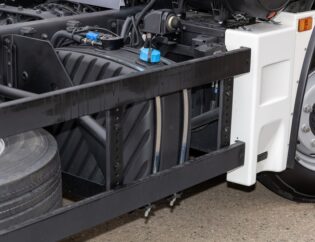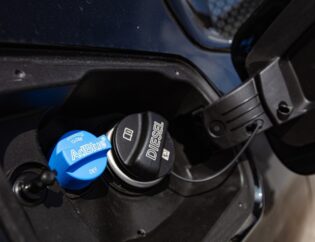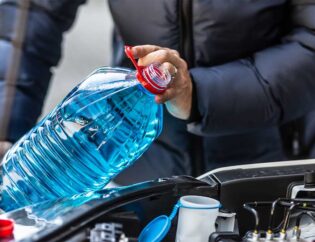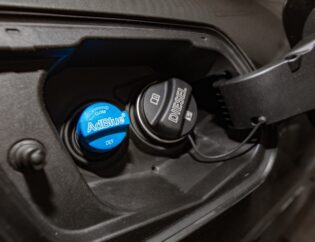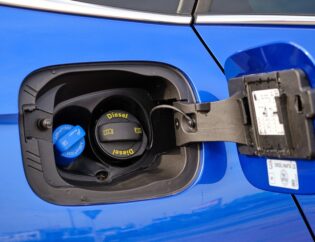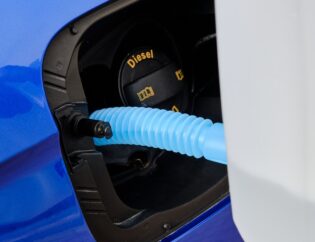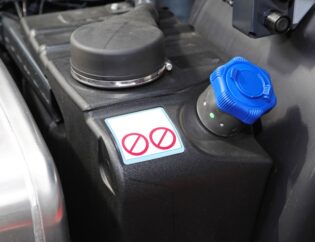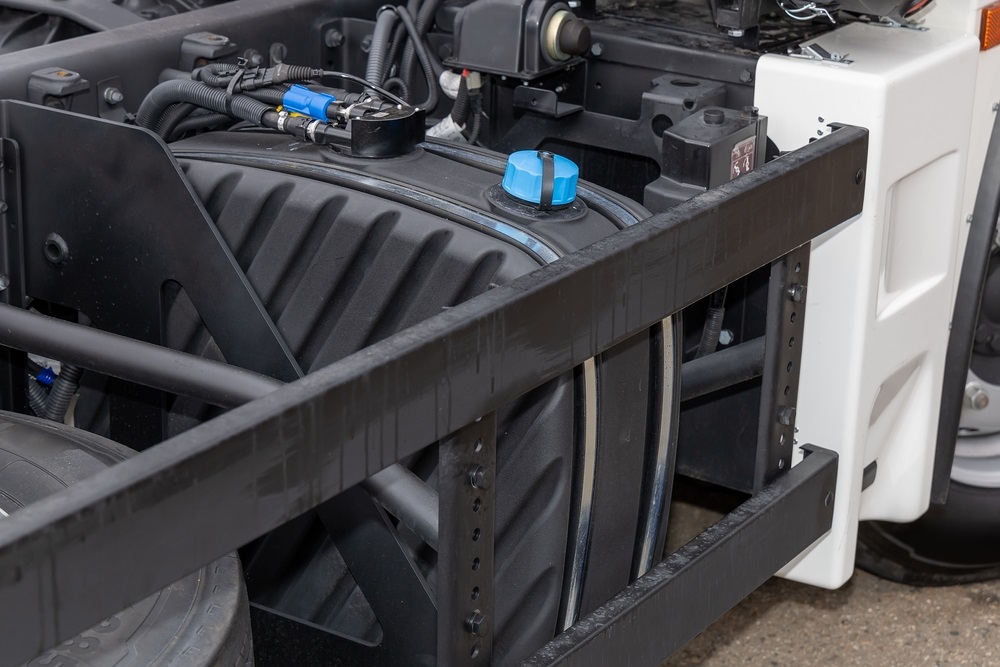
Contents
- 1 Why is DEF Important for Modern Diesel Engines
- 2 Composition of DEF Fluid
- 3 Chemical Reactions in Diesel Exhaust System
- 4 Role of DEF in Emissions Control
- 5 DEF as a Compliance Requirement
- 6 Components of a DEF System
- 7 Components of a DEF System
- 8 Benefits of Using DEF Fluid
- 9 Choosing and Using DEF Fluid Wisely
- 10 FAQ
- 11 Conclusion
Why is DEF Important for Modern Diesel Engines
DEF fluid is an additive added to diesel fuel to treat exhaust emissions. DEF, or Diesel Exhaust Fluid, reduces NOx (nitrogen oxides) in your vehicle’s exhaust gases by adding an oxidant into the combustion process.
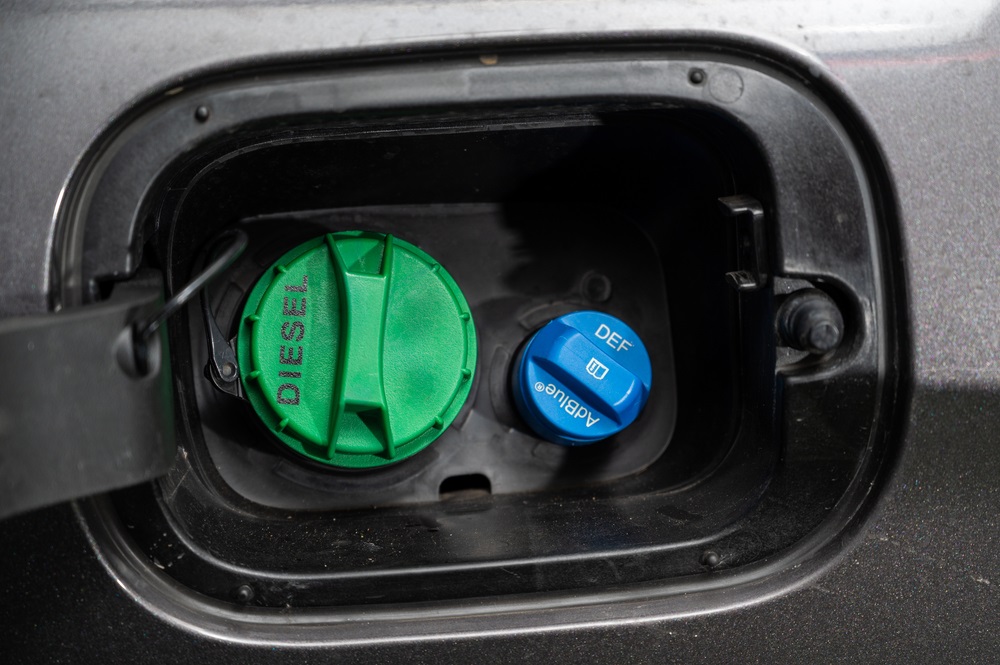
This prevents harmful pollutants from being released into the atmosphere as part of your car’s normal operation.
While it may seem like a fuel or lubricant at first glance, DEF isn’t any one thing: it can be used for all four purposes listed above!
Composition of DEF Fluid
DEF fluid is a mixture of urea, water, and deionized water. It’s also known as urea solution.
DEF fluid contains no other additives, such as corrosion inhibitors or anti-freeze agents commonly found in other fluids (e.g., coolants). Because DEF fluid doesn’t have these additional chemicals, it has no impact on the performance of your engine or its parts–it only serves to reduce NOx emissions.
Chemical Reactions in Diesel Exhaust System
DEF fluid is used to lessen the quantity of nitrogen oxides (NOx) that diesel engines release. NOx is harmful to human health and contributes to global warming. Diesel engines produce NOx because they burn fuel with less oxygen than gasoline engines, which results in incomplete combustion.
To reduce the amount of NOx produced, manufacturers use additives called “selective catalytic reduction” (SCR) systems that add ammonia into the exhaust stream after combustion takes place. The ammonia reacts with Nitrogen dioxide (NO2), converting it into nitric oxide (NO) and water vapor. This reaction takes place in two steps:
Role of DEF in Emissions Control
Diesel exhaust fluid, or DEF, is a chemical additive that reduces emissions. It’s also known as AdBlue in Europe and Canada and Diesel Exhaust Fluid (DEF) in the United States.

DEF is an aqueous solution of 32% urea and 68% deionized water that catalyzes NOx reduction during combustion. This process reduces NOx emissions by 90%, particulate matter by over 50%, soot by 70% and unburned hydrocarbons by 30%.
DEF as a Compliance Requirement
DEF is a requirement for many vehicle manufacturers, states, and countries. Diesel exhaust fluid (DEF) systems are required to be installed on all diesel engines produced by the US Environmental Protection Agency (EPA). In addition to this federal regulation, some states require DEF as part of their emissions regulations.
Components of a DEF System
The components of a DEF system include:
DEF Tank
The liquid fuel additive storage container is usually mounted in the vehicle’s trunk or underbody. The space needed depends on how much DEF you want to carry.
DEF Pump
A hydraulic pump pumps out some of the diesel engine’s fuel and mixes it with water before injecting it into its combustion chamber (the part where combustion occurs). This helps reduce NOx emissions by converting NOx into harmless nitrogen gas during combustion processes inside an engine’s cylinders. It also reduces particulate matter (airborne pollutants) by removing soot particles from exhaust gasses before entering the atmosphere through tailpipes or other automobile outlets.
DEF Injector(s)
A device that delivers precise amounts of liquid into each cylinder at precisely timed intervals based on signals received from sensors mounted throughout your car’s bodywork; these are important because they need to be able to determine exactly when each cylinder should receive its dose so as not overdo things like performance or efficiency levels while still maintaining adequate protection against harmful emissions levels.
Components of a DEF System
The DEF system contains a few key components:
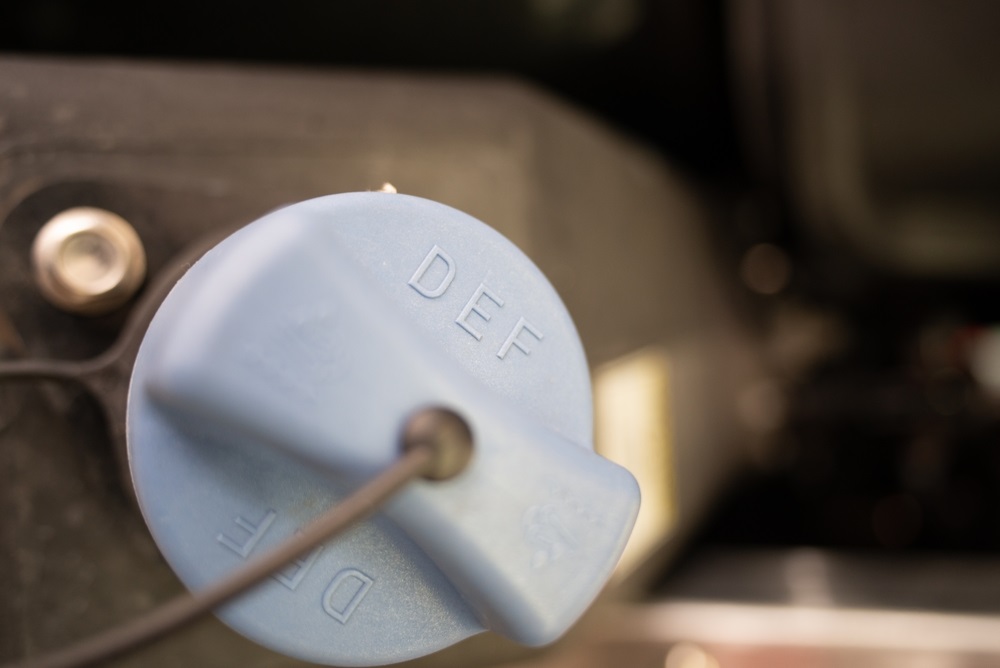
- The DEF tank is where you store your diesel exhaust fluid. It’s usually located in the trunk or under your vehicle’s hood, depending on which type of car you drive and whether it was built with an option for this kind of tank.
- The DEF pump moves fuel from the tank into other parts of your engine, such as cylinders and injectors. This process happens automatically when you start up your car; once it begins running, all other parts continue working as normal until they reach their designated lifespan (usually around 100k miles).
- An injection nozzle injects small amounts of DEF into each cylinder during combustion when needed–this happens automatically based on signals sent by sensors within each cylinder that monitor temperature levels throughout the combustion process. A gauge shows how much liquid remains at all times so drivers can keep tabs on how much longer there is left until refills are needed again!
Benefits of Using DEF Fluid
Using DEF fluid in your truck or heavy equipment can have several benefits:
It contributes to better air quality by reducing hazardous emissions emitted into the atmosphere by up to 40%.
As a renewable resource with negligible levels of carbon dioxide and other greenhouse emissions, DEF improves fuel economy by 2% annually on average over time.
Internal engine components like pistons and valves will wear less when the engine runs on DEF instead of ordinary diesel fuel because it uses less fuel.
Choosing and Using DEF Fluid Wisely
When you’re ready to use DEF, make sure that you keep these things in mind:
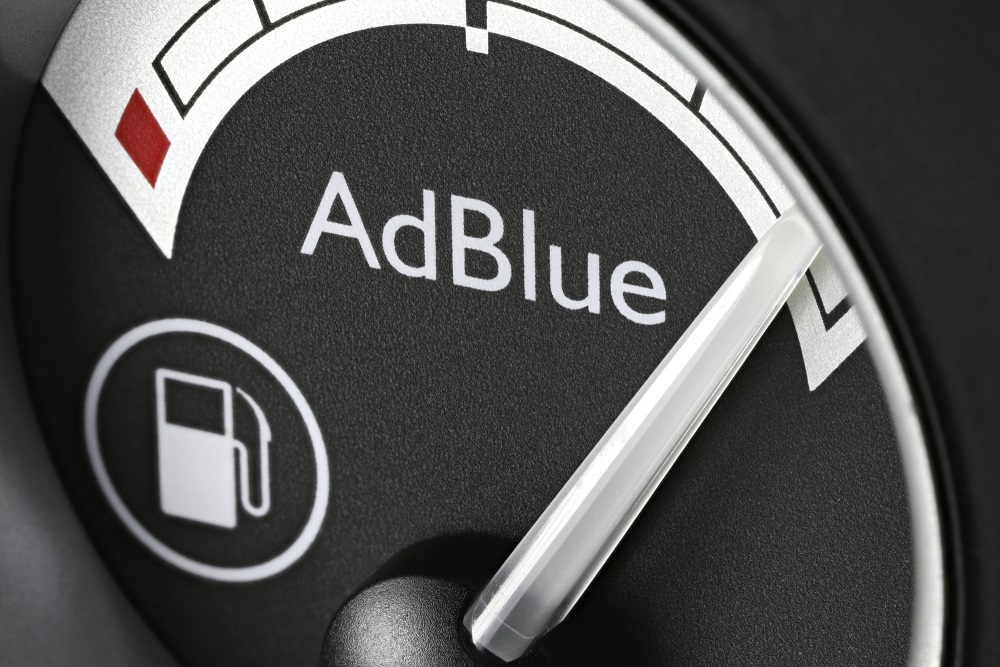
- You mustn’t mix diesel engine fluid with other fluids or chemicals. You may damage your car’s engine if you do so, and the result could be catastrophic for you and your car!
- Don’t use discolored or smelly fluid. If there are signs of discoloration (such as yellowing), or if the smell is foul, then do not use this product on your vehicle at all–it has already been contaminated somehow by something else inside its container, which has turned it bad over time since being manufactured last year when everything was still fresh looking like new again back then too but now they’re starting old already so maybe stick with buying newer stuff instead? Just saying…
FAQ
Here are some frequently asked questions about DEF fluid:
What Is DEF (Diesel Exhaust Fluid)?
DEF is a liquid solution made from deionized water and urea. It’s used in diesel engines to reduce nitrogen oxide emissions, which are harmful to the environment.
How Does DEF Work in a Diesel Engine?
DEF is injected into the exhaust stream of a diesel engine. When it heats up, it breaks down into ammonia and carbon dioxide. These then react with harmful nitrogen oxides in the exhaust, converting them into harmless nitrogen and water vapor.
Is DEF Required in All Diesel Engines?
DEF is mainly required in newer diesel engines, especially those complying with more recent emissions standards like Euro 6 in Europe and EPA standards in the United States.
How Often Do I Need to Refill DEF in My Diesel Vehicle?
This varies based on vehicle usage, but typically DEF needs to be refilled every 10,000 to 15,000 miles. Some vehicles have indicators to alert you when the DEF level is low.
Conclusion
In conclusion, DEF fluid is an important part of modern diesel engines. It is used in emission control systems, compliance requirements, and fuel economy. DEF has several benefits over other fluids, such as water or urea-based solutions that require fewer resources to produce and are more environmentally friendly. Get in touch with us to learn more about DEF fluid usage in 2024.

